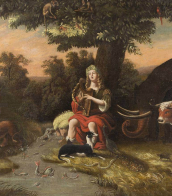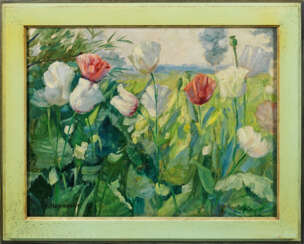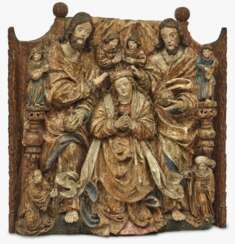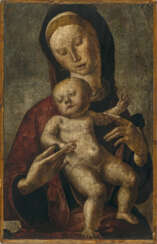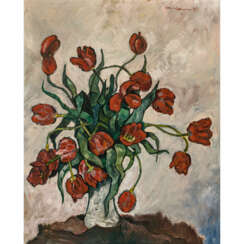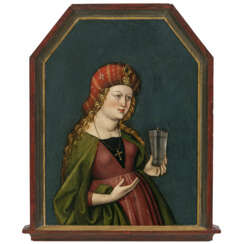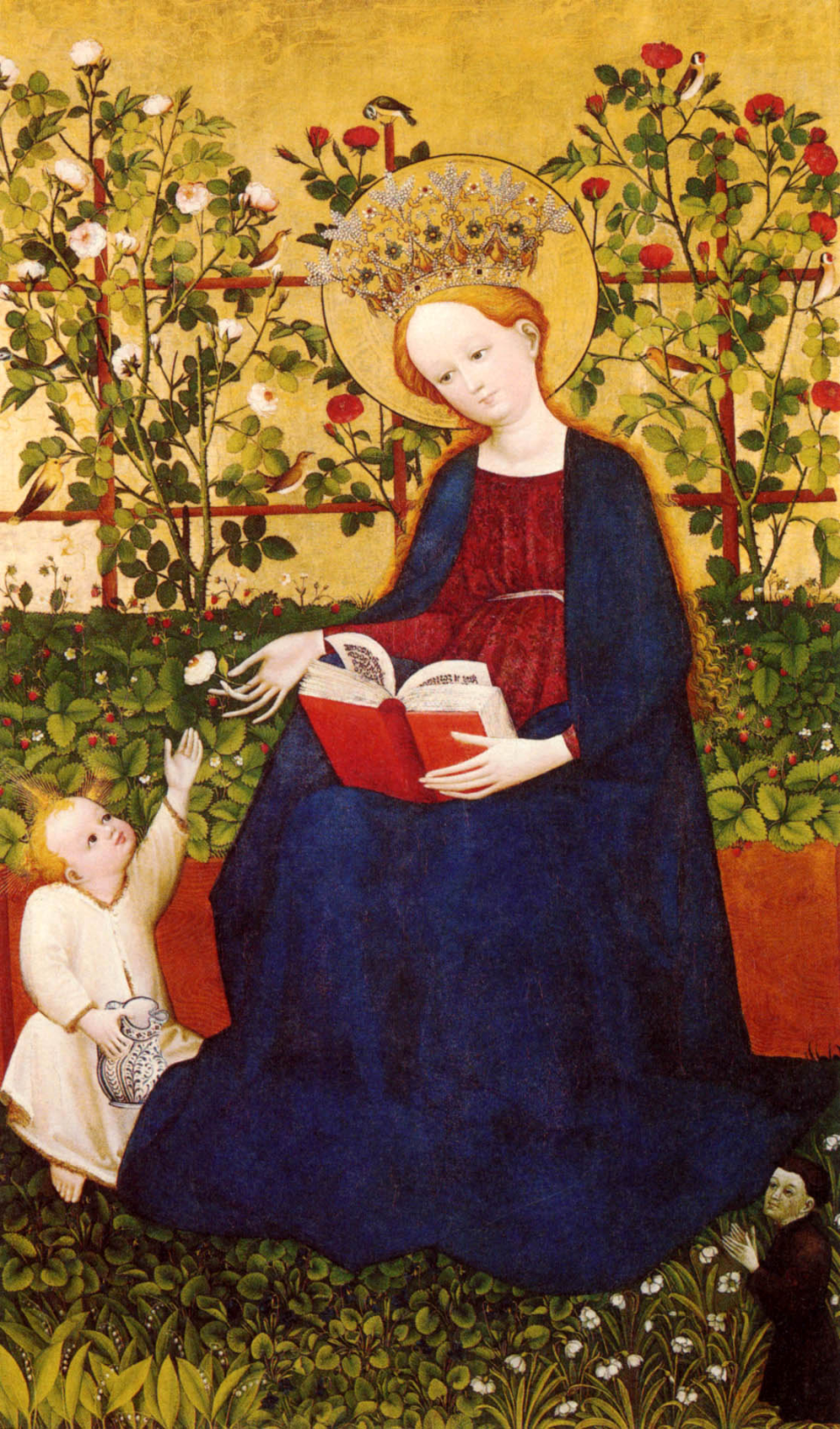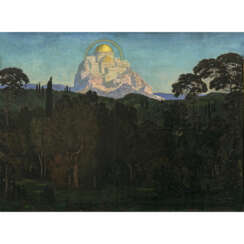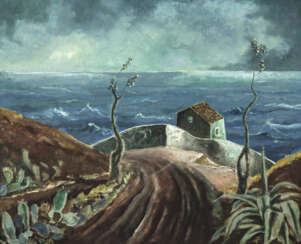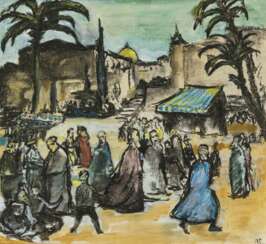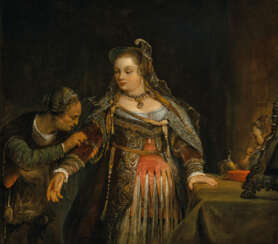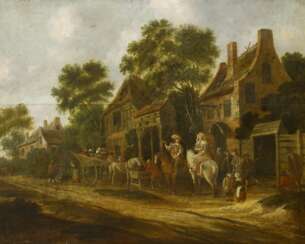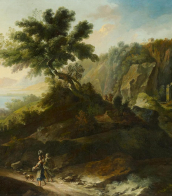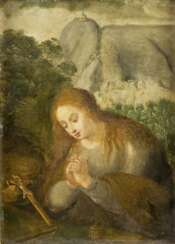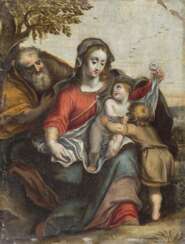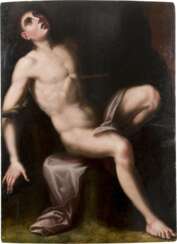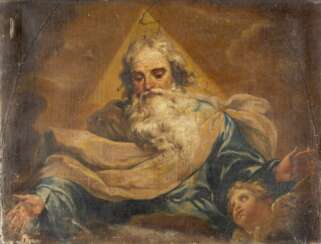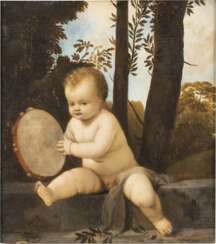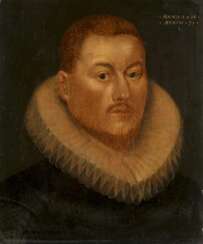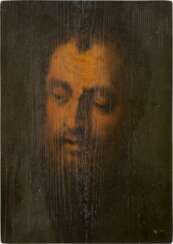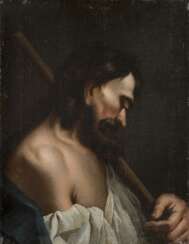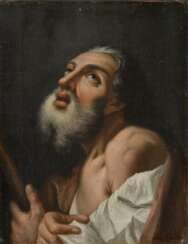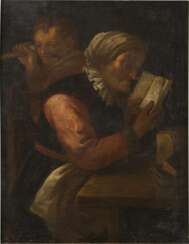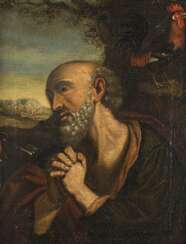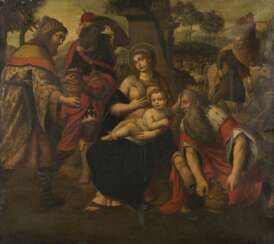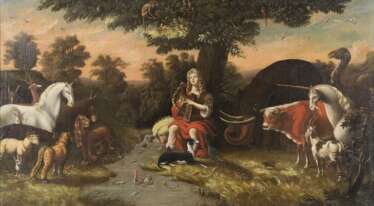gemälde alter meister
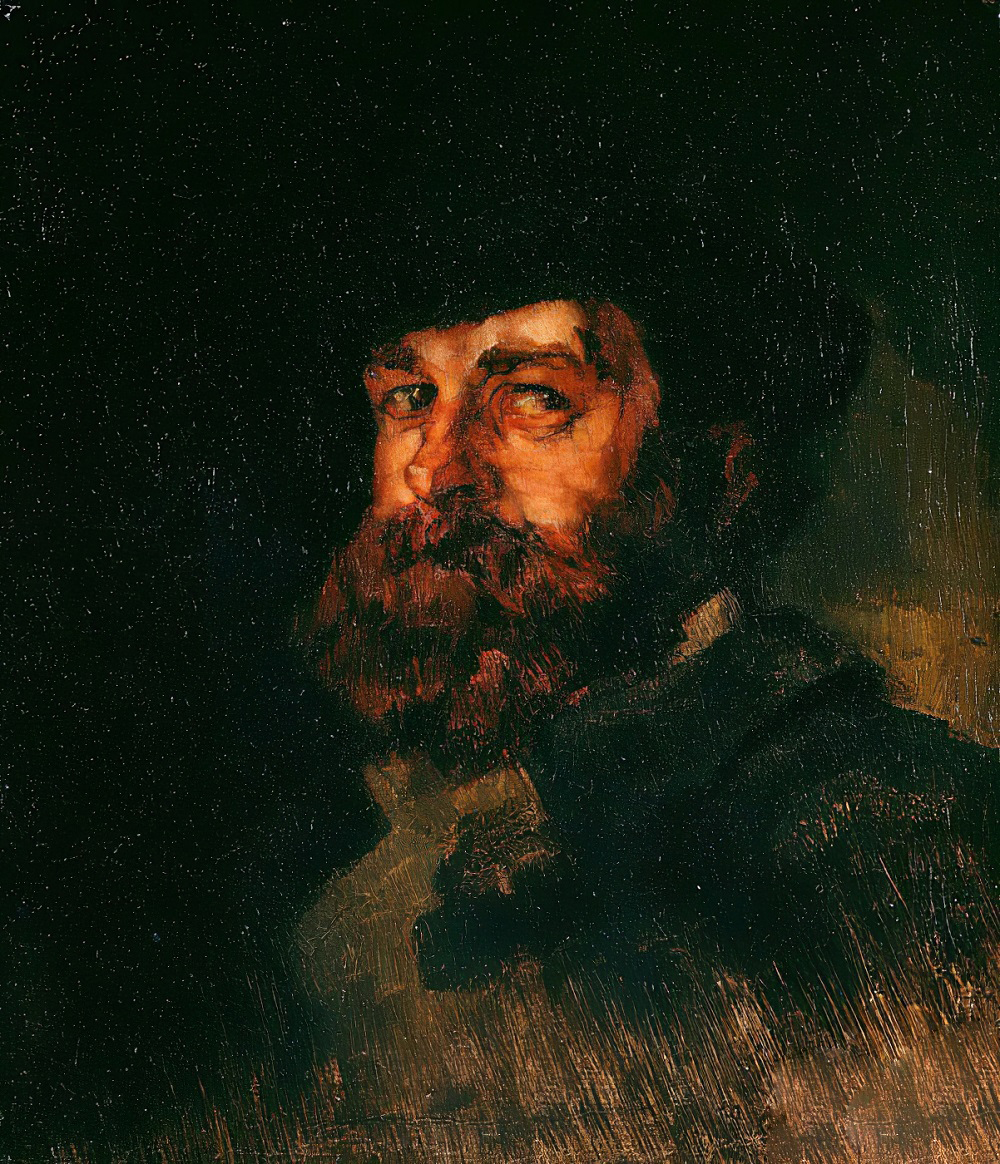
Karl Hagemeister was a German landscape painter.


Karl Hagemeister was a German landscape painter.

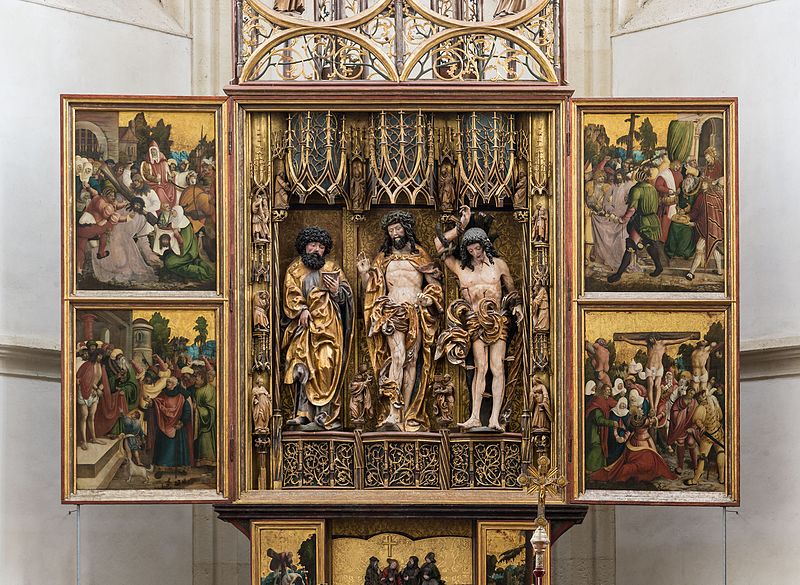
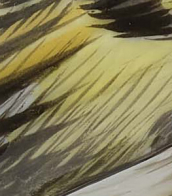
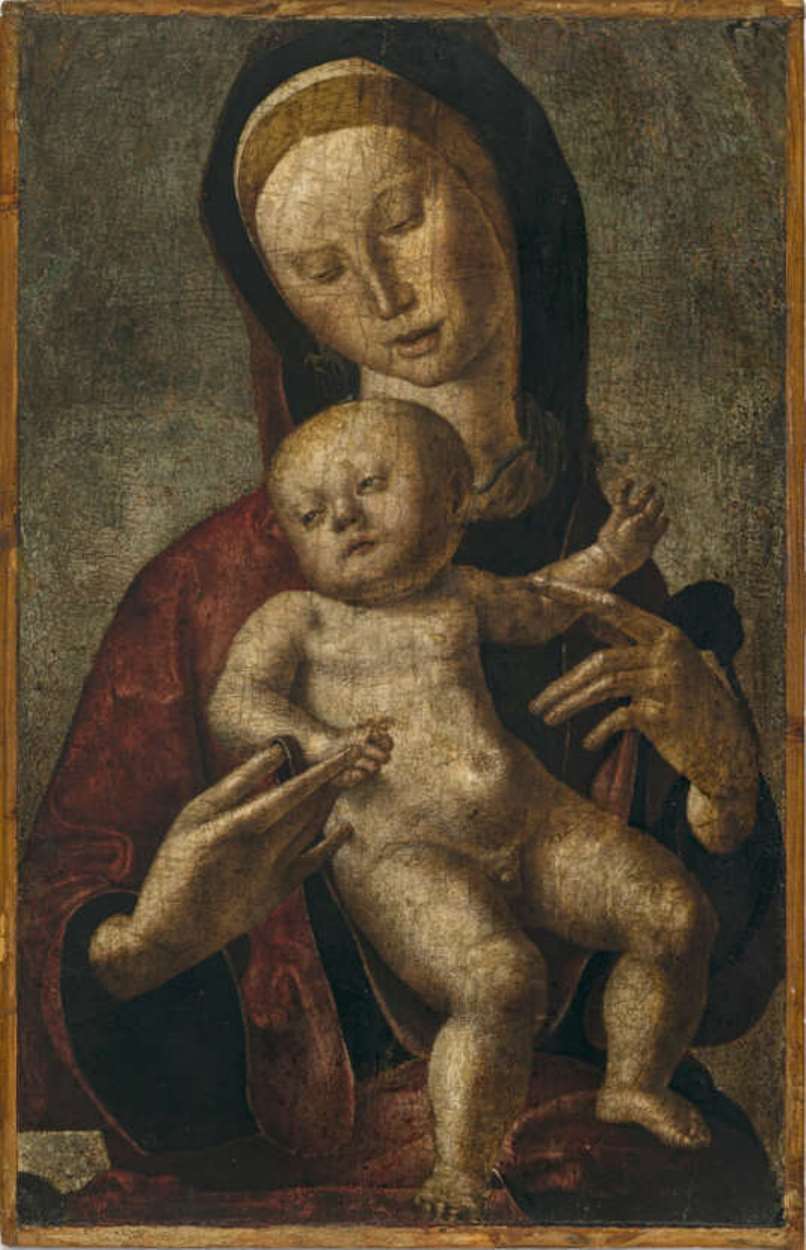
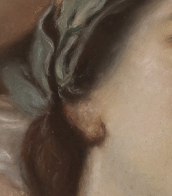
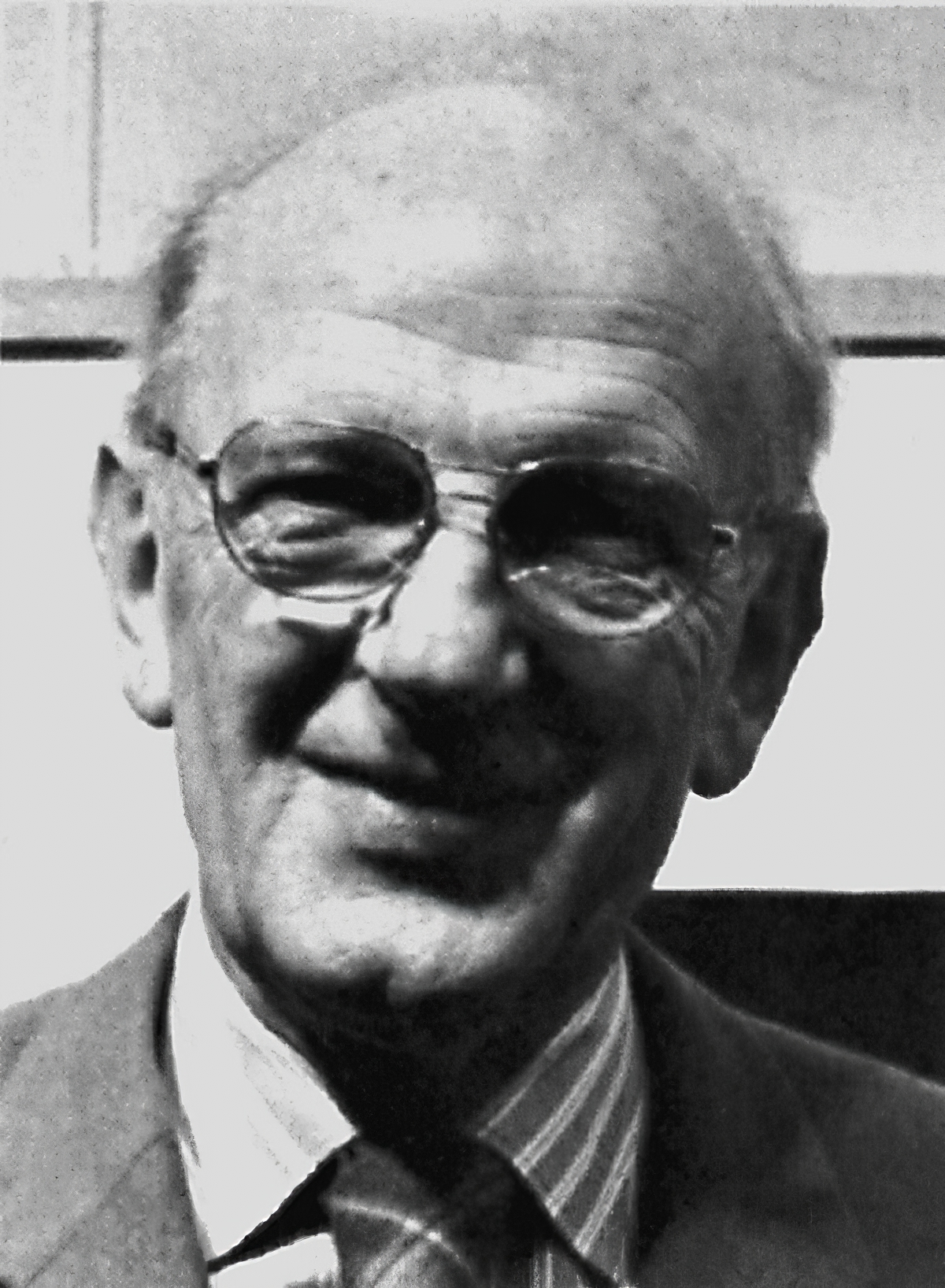
Georg Meistermann was a German painter and draftsman who was also famous for his stained glass windows in the whole of Europe.
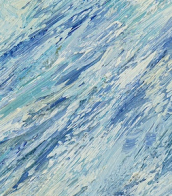
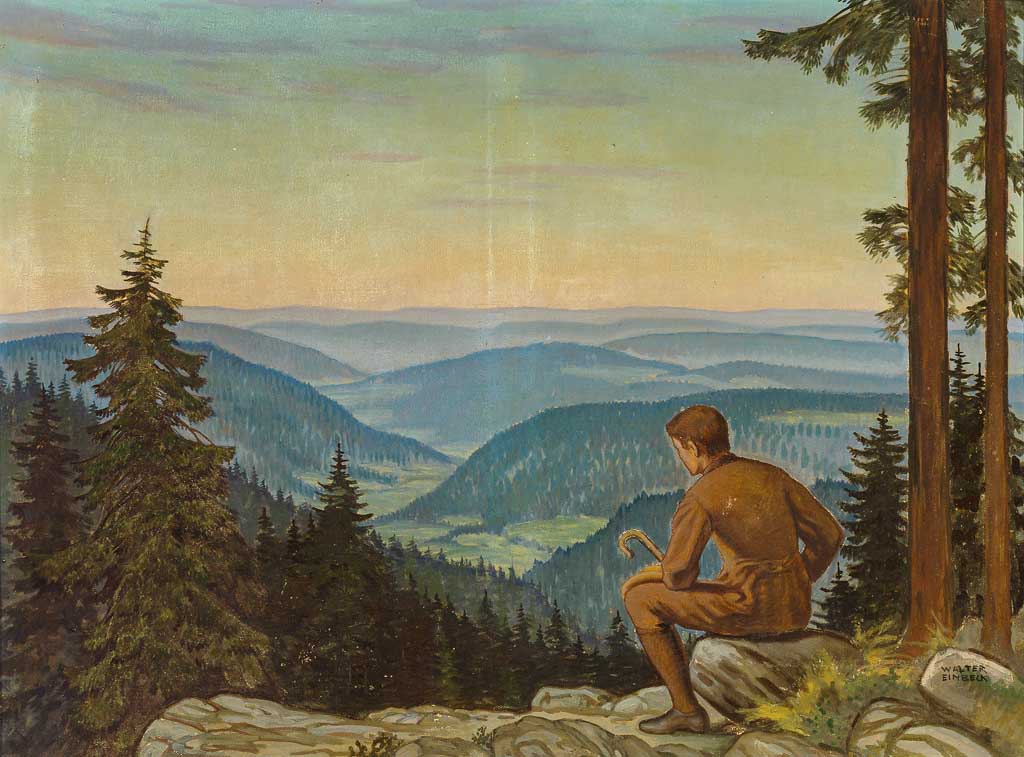
Walter Einbeck was a German artist of the first half of the twentieth century. He is known as a painter and graphic artist, portraitist and genre painter.
Walter Einbeck studied at the Munich Academy of Fine Arts and the Weimar Art School, and participated in the First World War. After the war he developed an interest in theosophy, and in 1919 he settled in Munich, where he opened his own studio. In 1933, the artist joined the NSDAP. He became the author of the famous portrait of Deputy Führer Rudolf Hess, which was presented at the Great German Art Exhibition in 1939. In addition to portraits, the artist also created allegorical paintings, including in the nude genre.

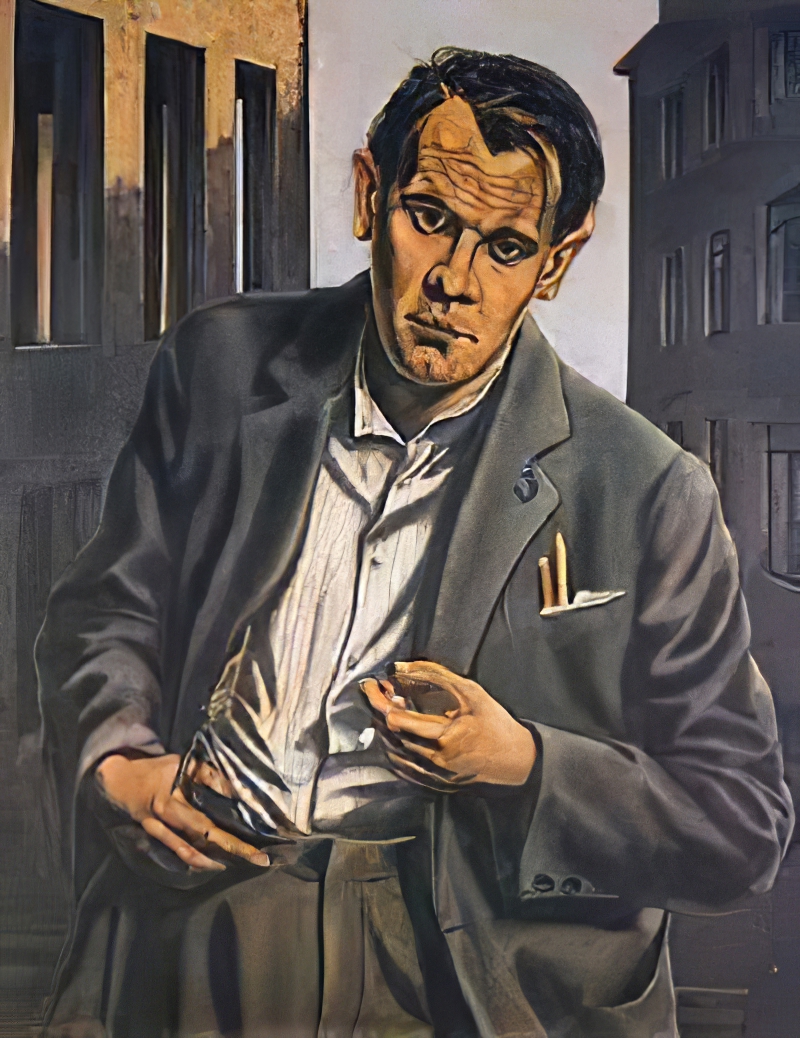
Walter Schulz-Matan was a German painter of magic realism. After training as a decorative painter, the Thuringian Walter Schulz-Matan led a life of wanderings across Europe. After military service and captivity in World War I, he lived in Munich from 1919, maintained his first studio in Munich-Schwabing from 1920 and worked as a stage painter for the "Neue Bühne". From 1930 he was one of the co-founders of the exhibition group 7 Munich painters. Schulz-Matan was also a member of the Neue Secession and the Deutscher Künstlerbund. In the New Objectivity art movement, Schulz-Matan developed his own artistic specificity in the Magic Realism movement. During the Second World War he worked as a war painter in France, then again as an artist in Munich.
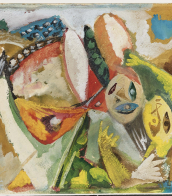
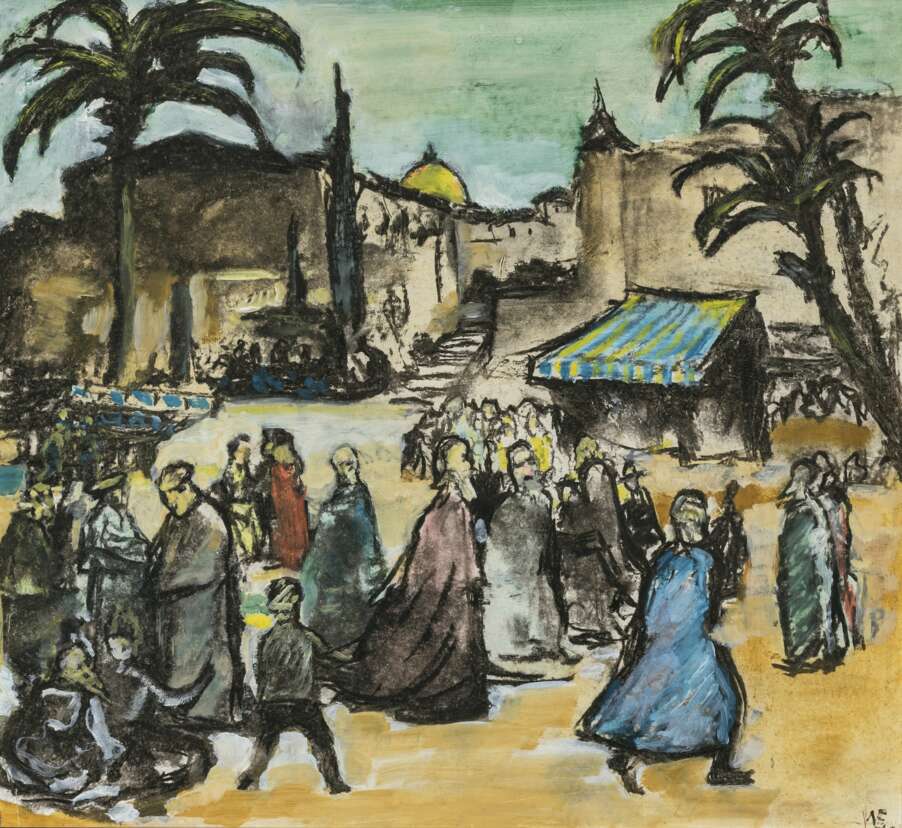
Walter Eck is a German expressionist painter specialising in landscapes.

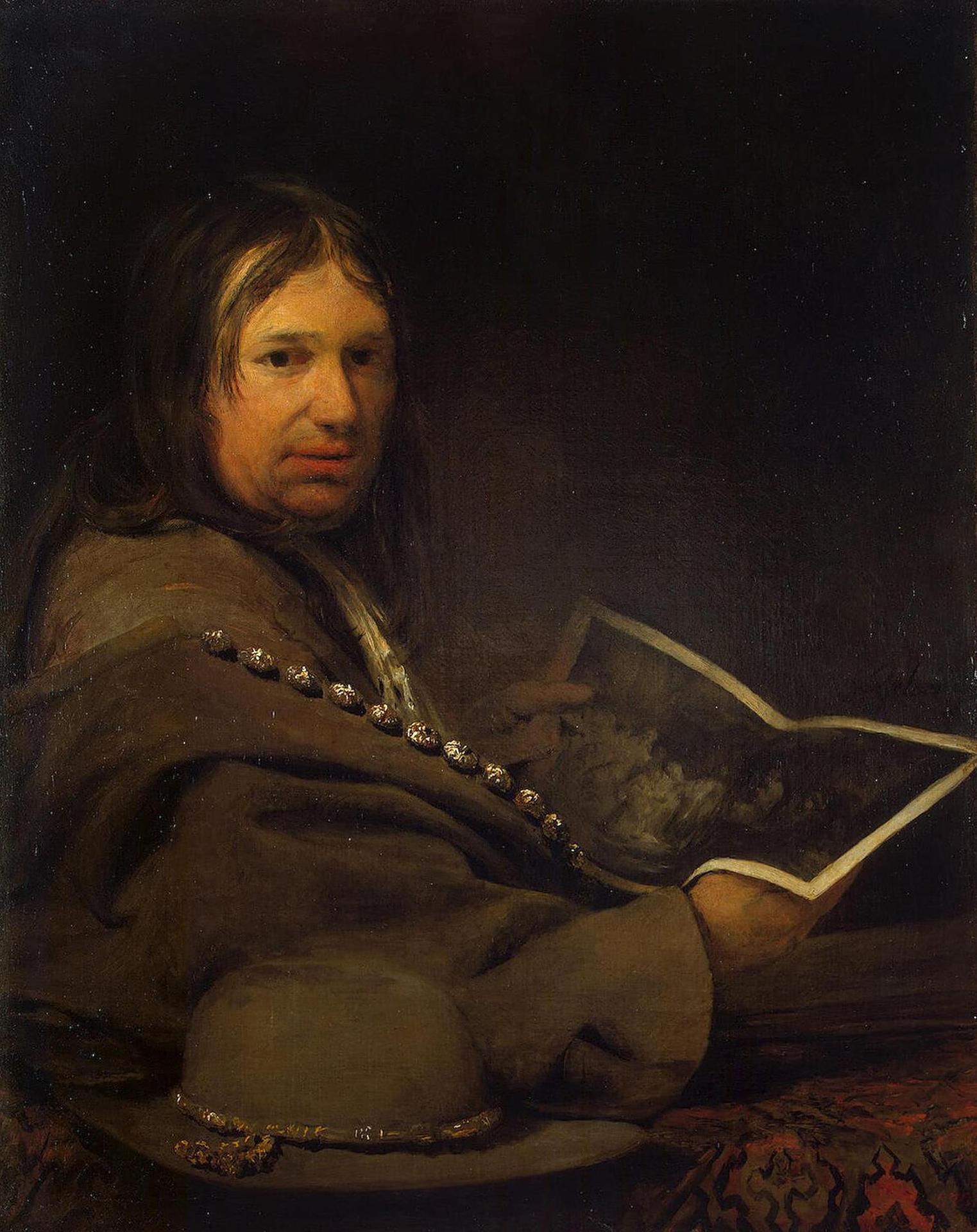
Aert de Gelder was a Dutch painter. He was the only Dutch artist to paint in the tradition of Rembrandt's late style into the 18th century.
As author of biblical scenes and portraits his style was inspired by Rembrandt's, using his artistic ideas, well into the 18th century, without being influenced by contemporary new fashions. From the artistic point of view his work can not be considered as passive imitation of the master; indeed, it stands for inventiveness in the narrative, taste for the theatrical and a strong emotional charge of the characters. All these traits made him one of the most important interpreters of Dutch painting of the late seventeenth century.

